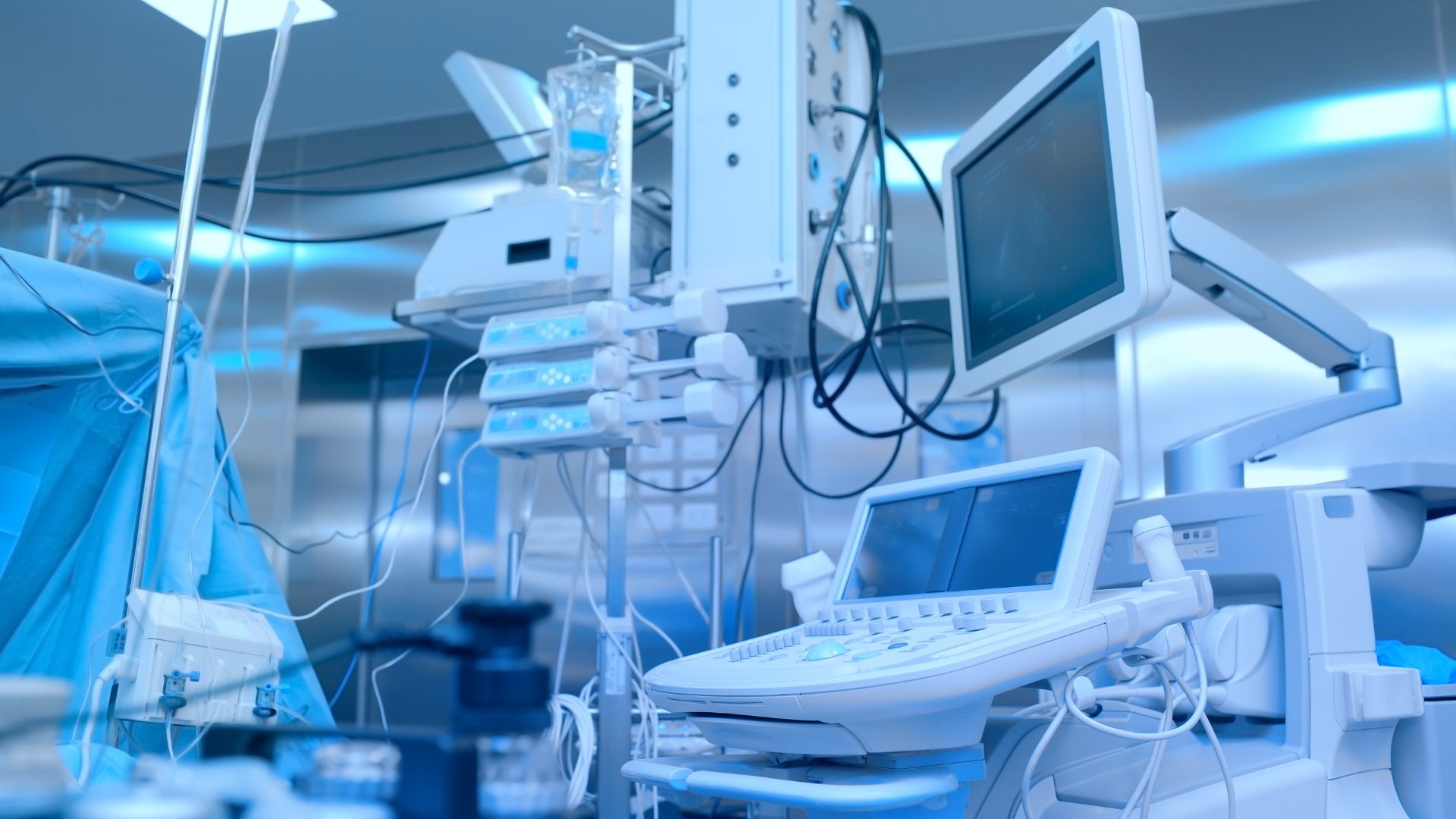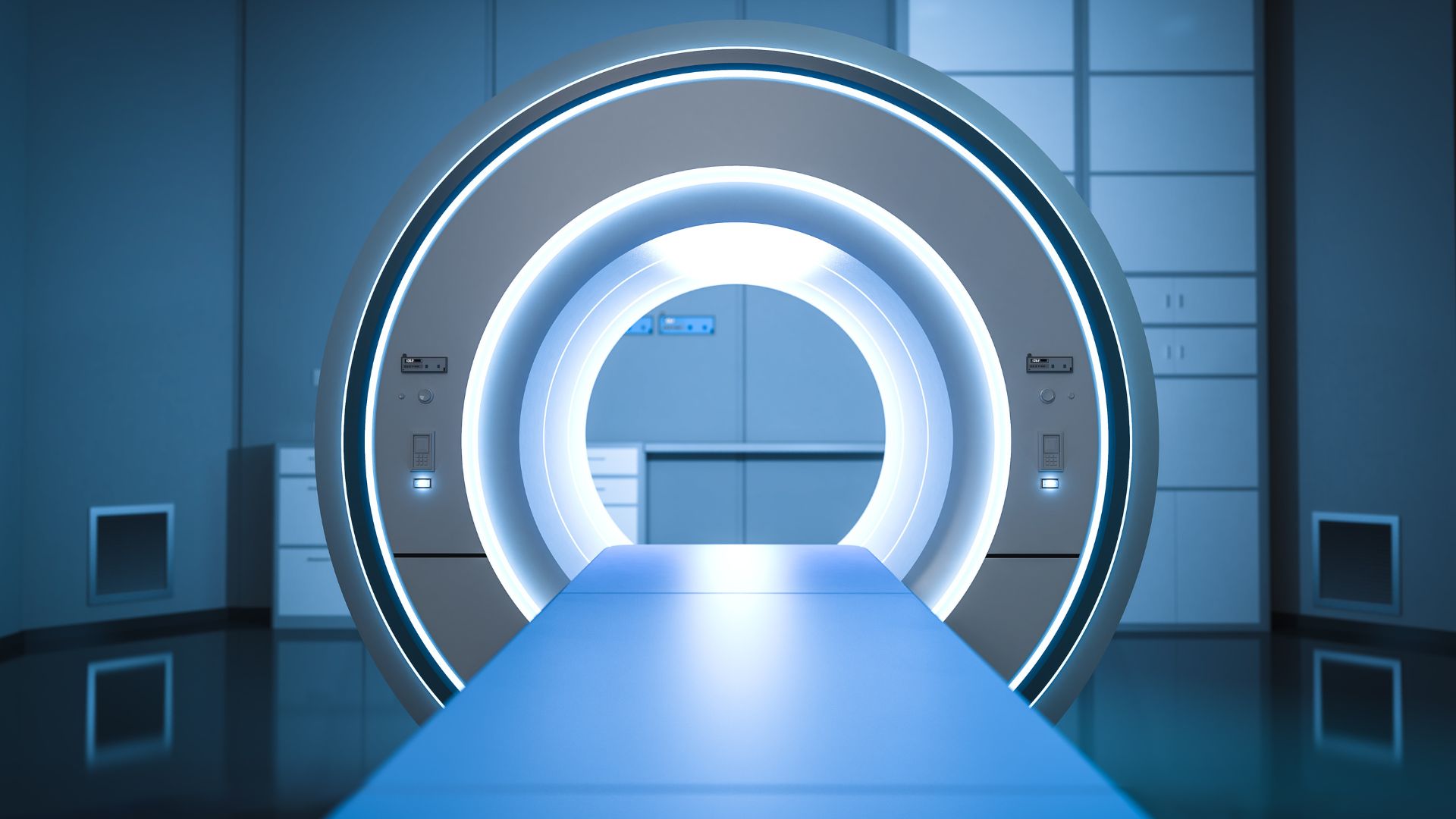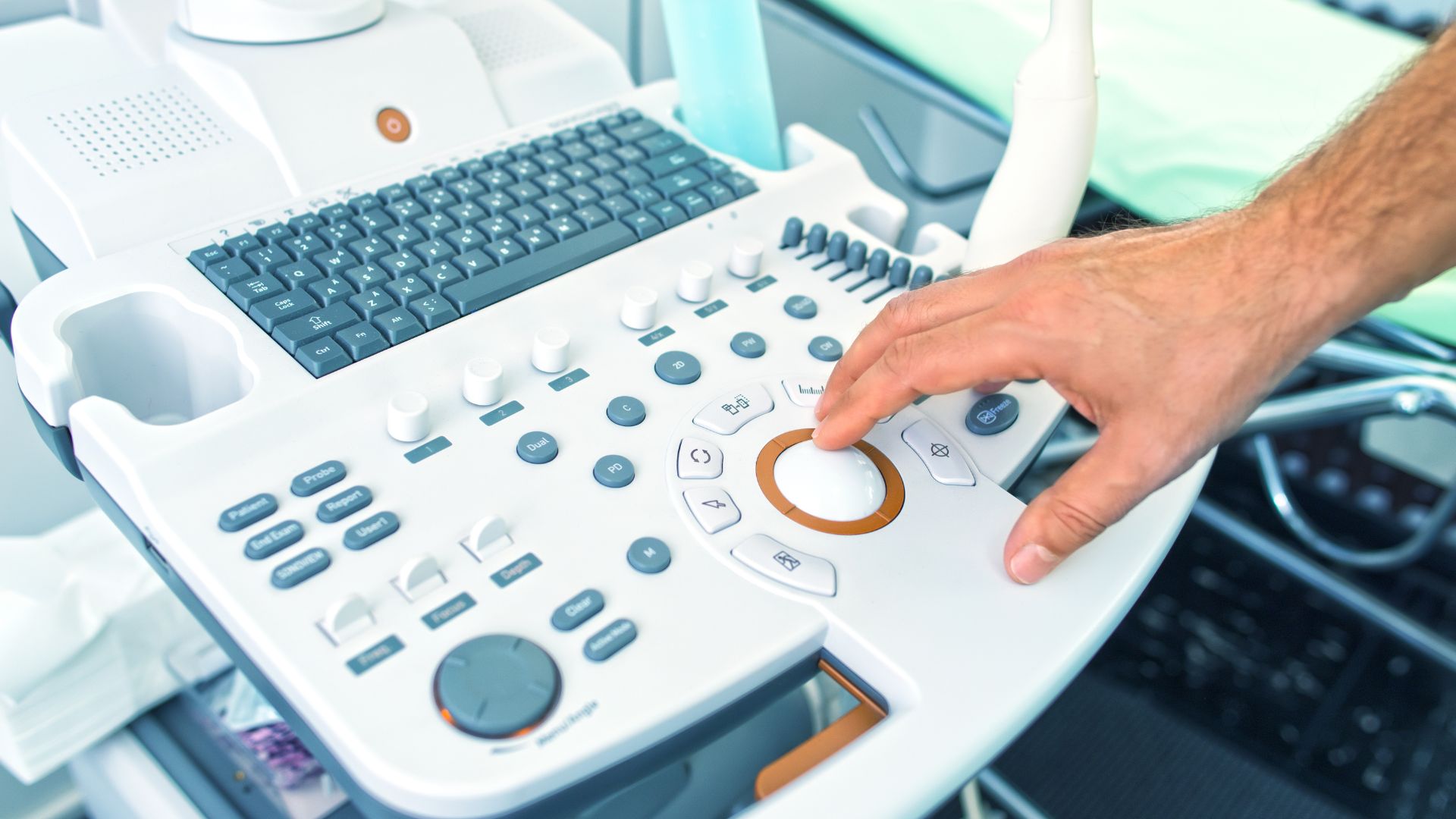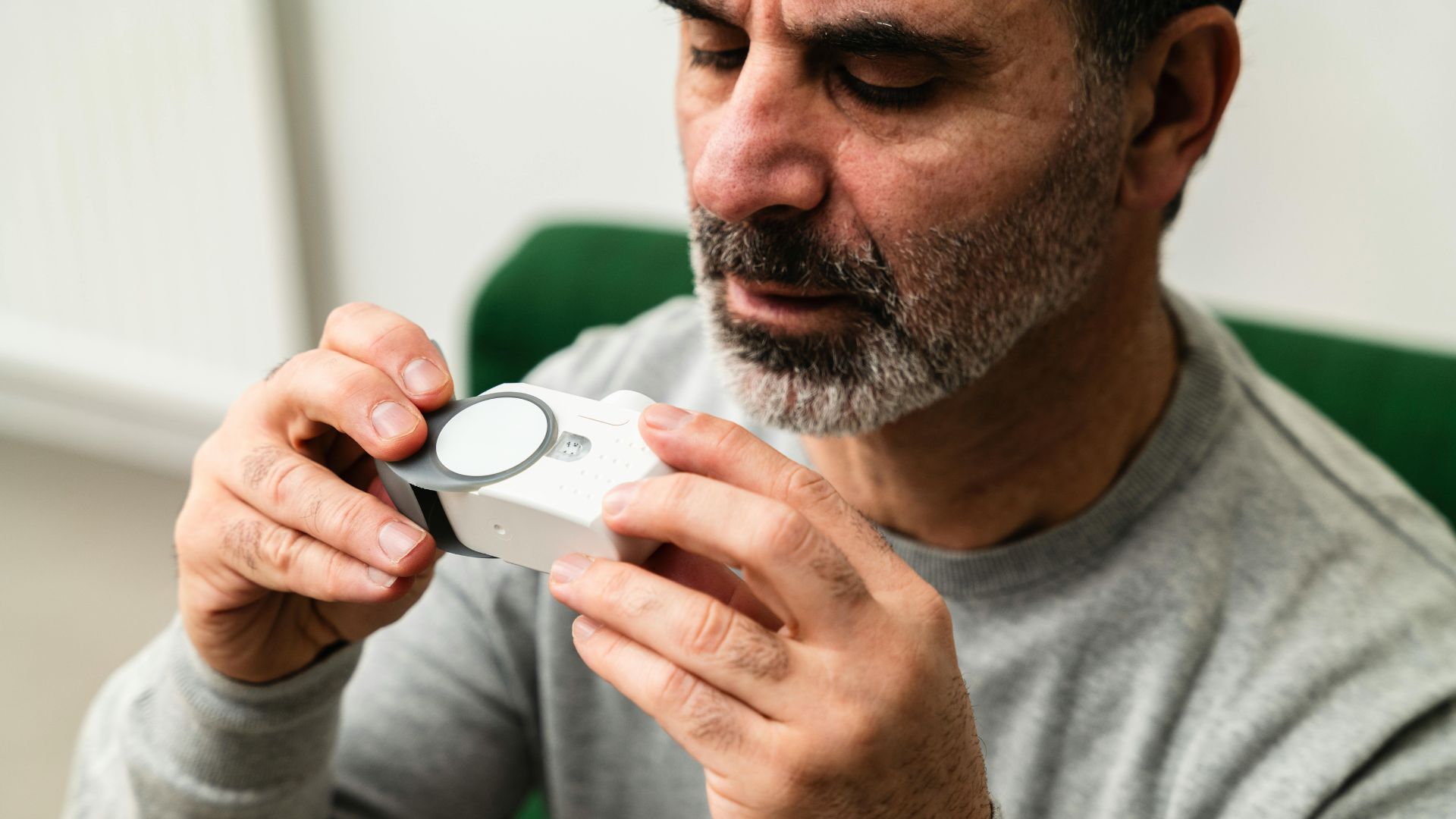For medical device manufacturers entering the European market, mastering the classification system under Regulation (EU) 2017/745 — the EU Medical Device Regulation (MDR) — is critical. These classifications are far more than administrative categories; they are the foundation upon which regulatory compliance, product lifecycle management, and market access strategies are built. They influence not only the conformity assessment path and Notified Body involvement but also the scope and depth of required clinical evidence, labeling, postmarket surveillance (PMS), and traceability obligations.
This guide provides a detailed exploration of MDR classification logic, highlights common challenges, offers interpretive insights into borderline cases, and explains how device classification connects to the broader EU compliance framework.
Understanding the Purpose of MDR Classification
The MDR fully replaced the Medical Device Directive (MDD) in May 2021, introducing a more rigorous, risk-based framework to ensure high levels of safety and performance for medical devices placed on the EU market. One of the most significant shifts is the expanded scope of regulated devices, which now includes aesthetic products with a medical purpose, standalone software, and certain non-medical products.
Classification under the MDR is not arbitrary; it is designed to align regulatory scrutiny with the level of potential risk posed to the patient or user. The classification outcome directly determines the conformity assessment procedure, the level of documentation and clinical evaluation required, and whether a Notified Body must be involved in the approval process. Therefore, the classification outcome can influence product timelines, resourcing, and regulatory success.
Risk-Based Classification Tiers
The MDR classifies medical devices into four main categories, each aligned with increasing levels of risk:
- Class I: Devices with low perceived risk, such as manual surgical instruments, bandages, or non-invasive medical furniture. Many of these devices may be self-certified by the manufacturer, except those that are sterile (Is), have a measuring function (Im), or are reusable surgical instruments (Ir).
- Class IIa: Devices that present moderate risk, typically those used in diagnostic or therapeutic contexts but without sustaining life or supporting vital physiological functions. Examples include dental amalgams, contact lenses, and surgical gloves.
- Class IIb: Devices of higher risk, including those intended for long-term use in the central circulatory system or in direct contact with the central nervous system. Infusion pumps, ventilators, and certain diagnostic imaging equipment fall into this class.
- Class III: These are the highest-risk devices, such as implantable pacemakers, artificial heart valves, and absorbable sutures. They often require substantial clinical evidence and undergo comprehensive review by a Notified Body, including scrutiny of design, manufacturing, and postmarket strategy.
Classification applies not just to finished devices but also to accessories, components, and systems. Each must be evaluated on its own merit and intended use.
Applying Annex VIII: The 22 Classification Rules
The rules governing classification are outlined in Annex VIII of the MDR and are grouped into four thematic categories:
- Non-invasive devices (Rules 1–4): These rules cover devices that do not enter the body and include products like thermometers or specimen receptacles. Duration of contact, site of application, and whether the device stores or modifies substances all affect classification.
- Invasive devices (Rules 5–8): These apply to devices that enter the body through natural orifices or surgically, and classification varies depending on whether use is transient, short-term, or long-term.
- Active devices (Rules 9–13): Devices that rely on a power source fall under these rules. They include everything from diagnostic imaging software to surgical lasers and dialysis machines.
- Special rules (Rules 14–22): These target specific product types or scenarios, such as contraceptives (Rule 14), disinfectants (Rule 15), software (Rule 11), nanomaterials (Rule 19), and devices incorporating medicinal substances (Rule 13).
Among these, Rule 11 is particularly critical. It reclassifies most medical software from Class I (under MDD) to Class IIa or higher, depending on its impact on clinical decisions. For example, diagnostic imaging software that supports treatment planning will now fall under Class IIb or Class III depending on its intended use.
Rule 21 has also caused regulatory debate. It covers devices composed of substances intended for introduction into the body via a body orifice or application to the skin, and which are absorbed or locally dispersed. These products often straddle the line between device and medicinal product.
When multiple rules apply to a single device, manufacturers must use the rule that results in the highest classification. Misapplication or selective rule interpretation can result in compliance failure.
Practical Examples of Classification Decisions
To contextualize how the rules are applied, consider the following cases:
- Software for automated analysis of ECG data: This would typically be classified as Class IIa under Rule 11, given its role in supporting diagnosis.
- Absorbable hernia mesh implant: Classified as Class III due to its long-term placement and bio-absorbable nature.
- AI-based surgical navigation system: Likely to be classified as Class IIb, as it assists in procedures involving critical anatomical regions and influences surgical outcomes.
- Nasal gel for treating dryness: Depending on absorption characteristics and intended therapeutic claims, this may fall under Class IIa or Class IIb.
These examples show how subtle differences in intended use, mechanism of action, or interaction with the body can dramatically change classification.
Determining Your Device’s Classification: Process and Best Practices
The classification process begins with defining the device’s intended medical purpose, followed by identifying applicable classification rules. This should be done in parallel with the development of the clinical evaluation strategy and risk management file. If there is any ambiguity, the rule with the highest applicable class should be applied.
It is essential to create a written classification rationale, documenting the logic and rules applied. Larger organizations may implement internal classification templates or rule-decision trees to ensure consistency across teams and product lines. Any uncertainties or disputes should be proactively discussed with a Notified Body or Competent Authority.
Involvement of Notified Bodies
While Class I devices may be self-certified, higher-risk devices require involvement from a Notified Body — an independent organization designated by EU Member States to assess conformity. Their responsibilities include reviewing technical documentation, verifying clinical evidence, auditing the manufacturer’s QMS, and issuing CE certificates.
Manufacturers should select a Notified Body that is designated for the appropriate device codes and product types. Early engagement with a Notified Body can de-risk the submission process, especially for innovative technologies or borderline classifications.
Conformity Assessment Routes by Classification
The MDR outlines various conformity assessment procedures depending on classification and device type:
- Class I: Manufacturers self-certify conformity using Annex IV.
- Class Is/Im/Ir: Notified Body review is limited to the sterile, measuring, or reusable aspects.
- Class IIa: The Notified Body conducts a sample-based assessment of the technical documentation (Annex IX or X).
- Class IIb: Requires more extensive evaluation, including QMS audits and reviews of representative samples.
- Class III: Involves full design dossier review, in-depth clinical evaluation scrutiny, and periodic reassessment.
The route selected (Annex IX, X, or XI) must align with the product’s risk profile, complexity, and the manufacturer’s strategic needs.
Labeling, UDI, and EUDAMED Registration
All medical devices must meet labeling requirements, including a clear UDI (Unique Device Identifier) system that enhances traceability and postmarket monitoring. Instructions for use must be provided in the official language(s) of the Member State where the product is marketed. Compliance with the General Safety and Performance Requirements (Annex I) is mandatory.
Class IIa and higher devices must be registered in EUDAMED (European Database on Medical Devices). While registration is optional for Class I, participation supports transparency and simplifies postmarket communication.
Postmarket Surveillance and Risk-Based Planning
Postmarket Surveillance (PMS) must be proactive, not reactive. Requirements scale with device risk:
- Class I: Maintain a basic PMS plan focused on complaints and product performance.
- Class IIa: Submit a Periodic Safety Update Report (PSUR) every two years summarizing benefit-risk data.
- Class IIb and III: Annual PSUR submission, postmarket clinical follow-up (PMCF) activities, and Notified Body review are required.
PMS data must inform ongoing risk management, design updates, and labeling revisions. Regulators expect tight integration between postmarket and premarket evidence.
Strategic Considerations and Future Technologies
Manufacturers must stay vigilant for:
- Borderline cases such as cosmetic vs. medical use, particularly in skincare and dental products.
- Rapidly evolving software that may alter functionality post-certification.
- Combination products subject to both MDR and pharmaceutical law.
The rise of AI/ML-based medical software brings unique classification challenges. Adaptive algorithms that change behavior over time raise questions about static conformity assessments. MDCG 2019-11 and the proposed Artificial Intelligence Act will reshape classification expectations in the near future.
Classification as a Regulatory Cornerstone
Accurate classification under the MDR is a critical determinant of a product’s regulatory journey in the EU. It dictates not only the approval pathway but also the depth of evidence, oversight mechanisms, and postmarket obligations. Misclassification can delay market entry, trigger enforcement action, and erode regulatory trust.
To achieve compliance and maintain competitiveness, manufacturers must invest in strategic classification planning, maintain up-to-date regulatory intelligence, and align classification logic with both clinical intent and product design. When executed correctly, classification is not a regulatory hurdle — it is a roadmap for product lifecycle success.








